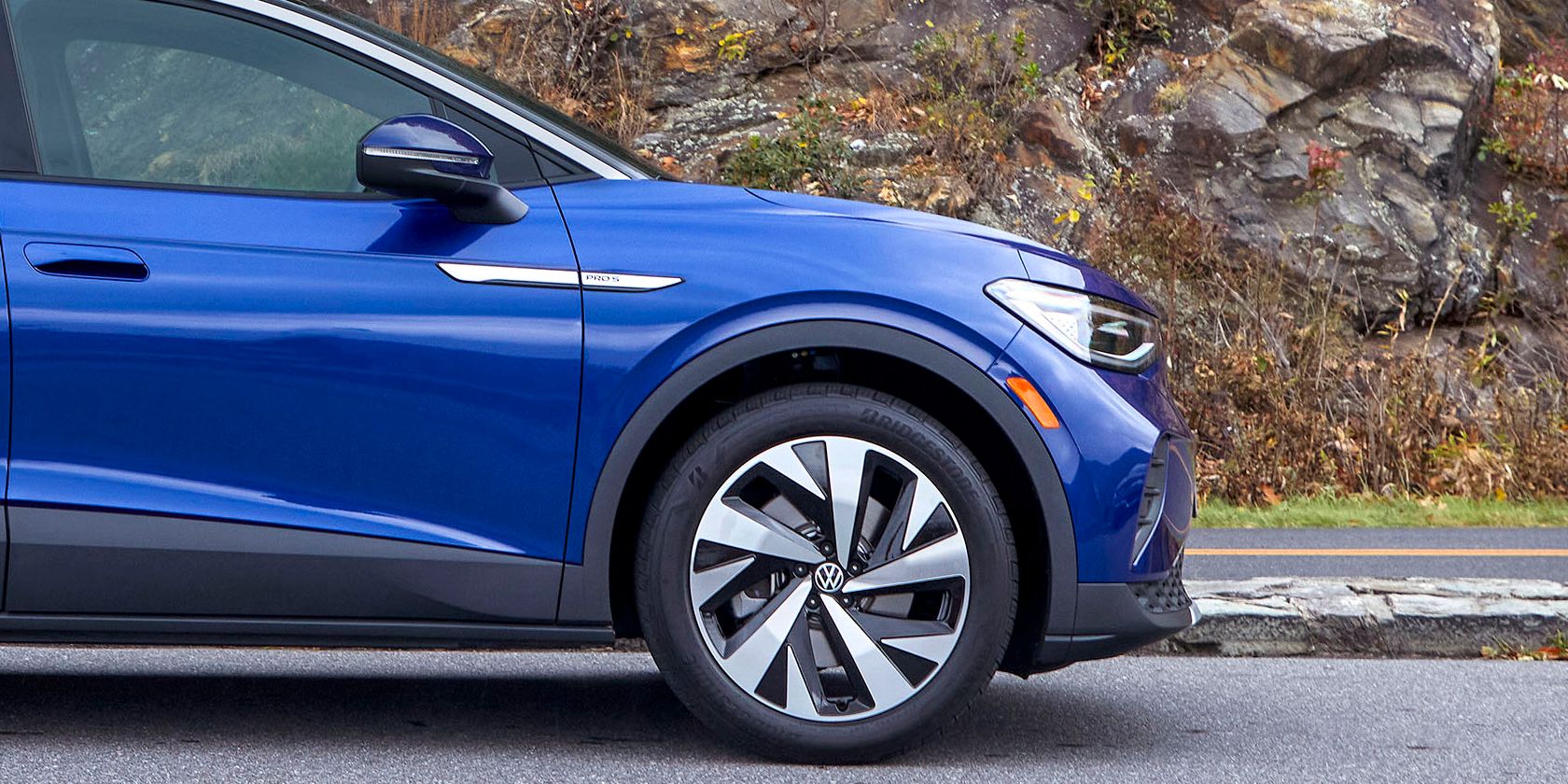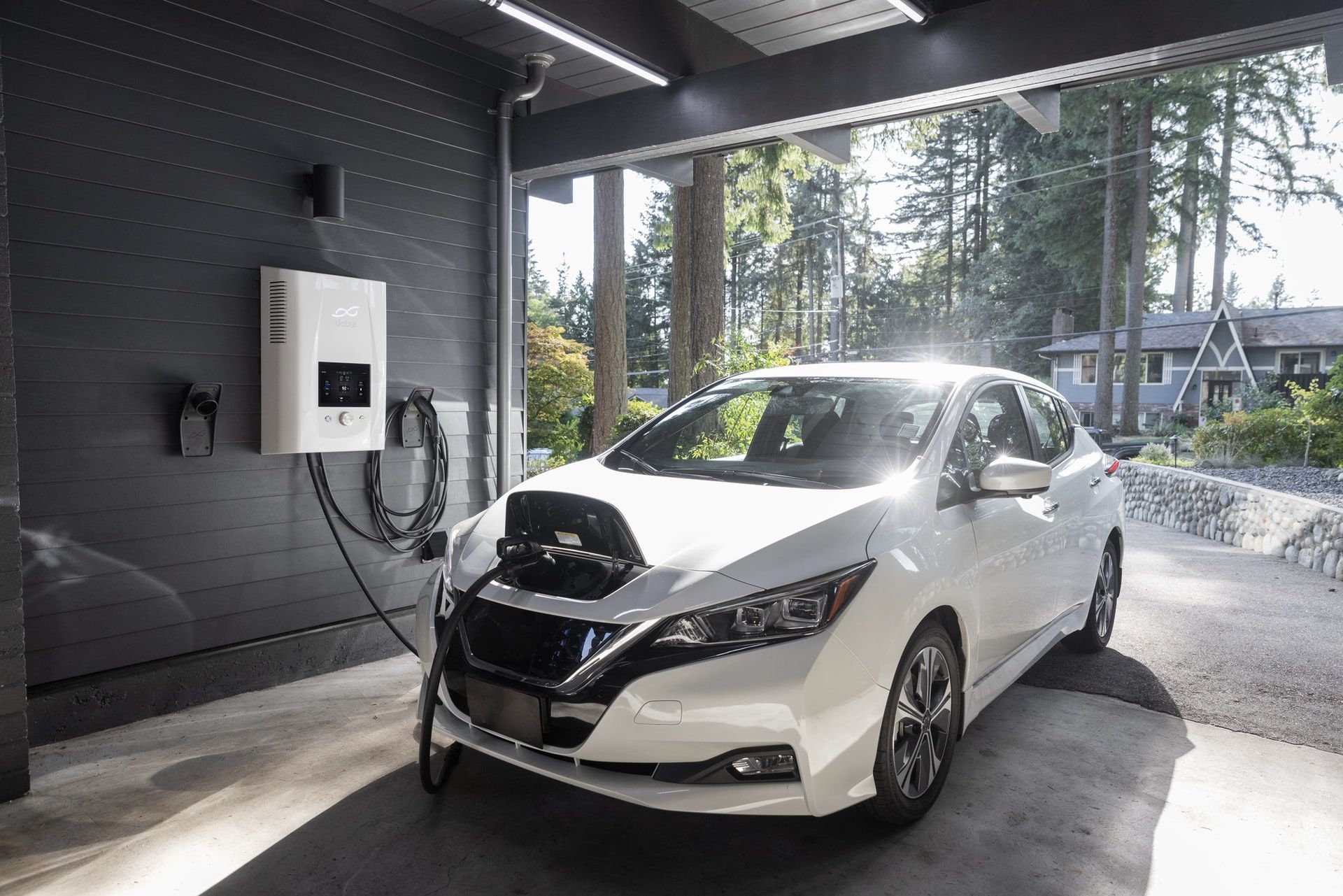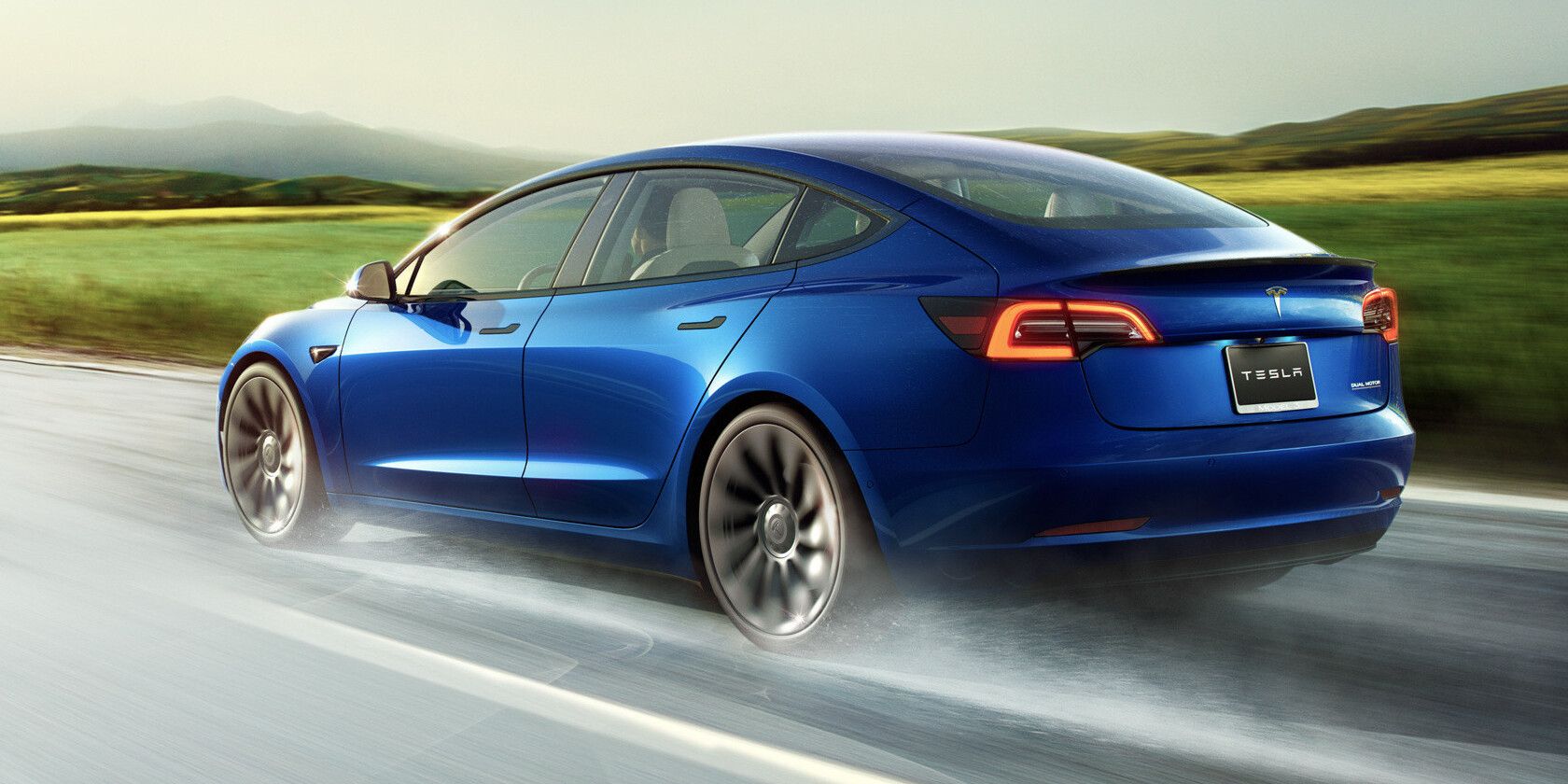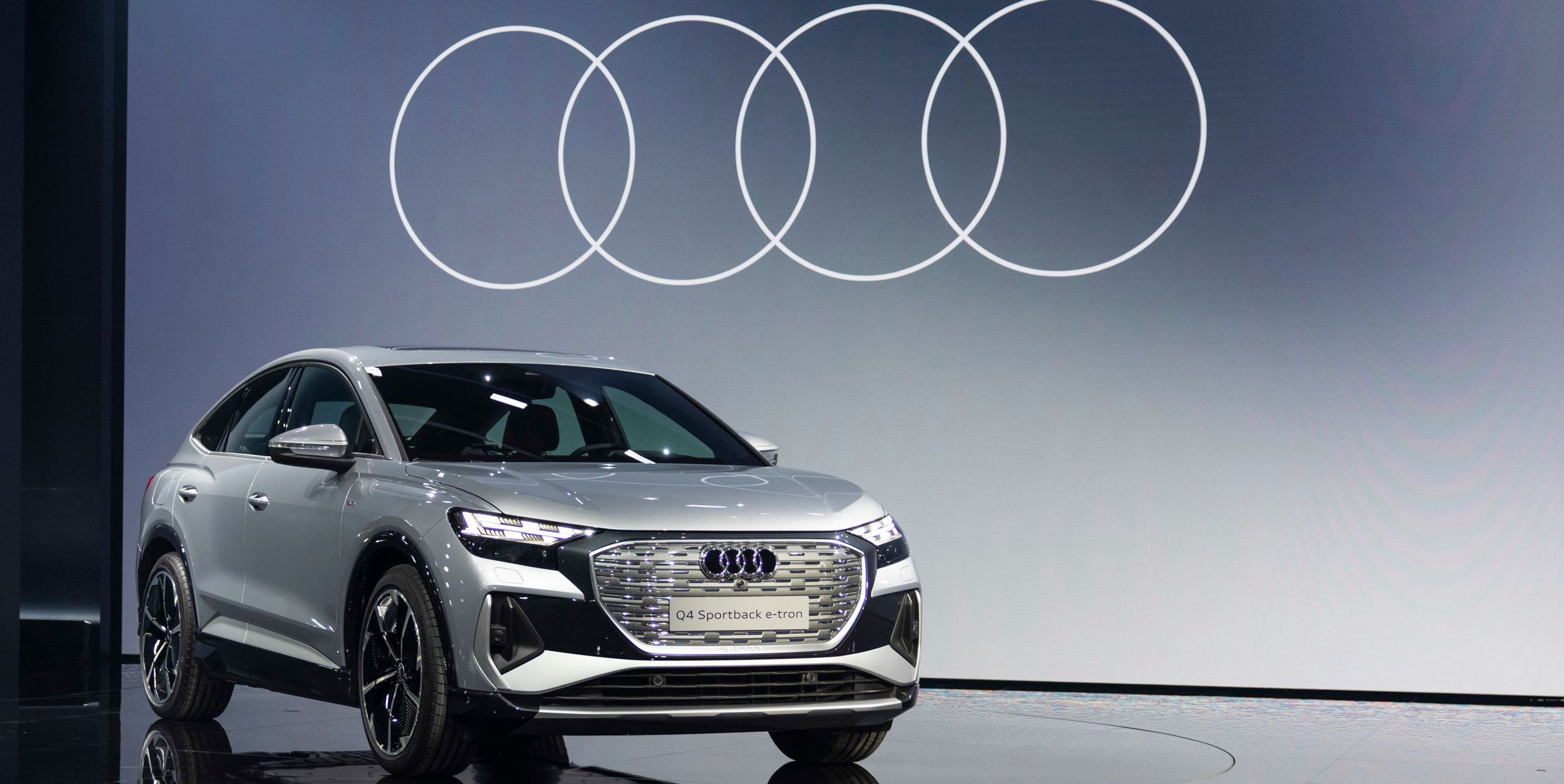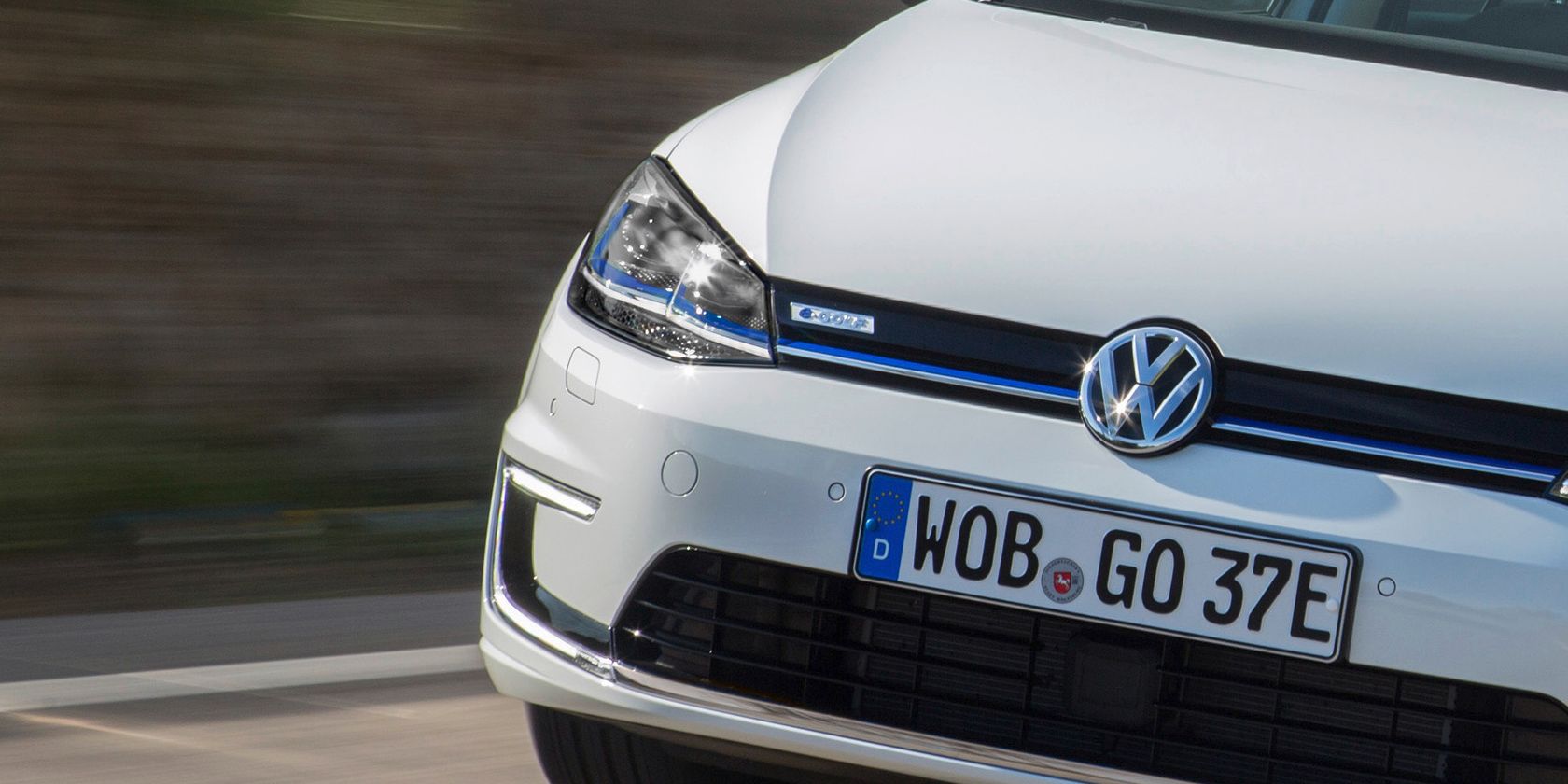Electric vehicles are seemingly taking over our roads, and deciding to purchase one comes with quite a few decisions. One of these decisions is how many motors you're willing to pay for.
Most electric vehicles offer the choice of a single motor, which typically results in the vehicle powering the rear wheels or the fronts. However, you can also splurge for the dual motor version and get the bonus of more power and all-wheel drive. Both configurations make for excellent EVs, but there are differences.
What Is a Single-Motor EV?
When an EV is designated as a single-motor model, the vehicle in question usually has one electric motor that powers the front or rear wheels. In rare cases, vehicles can have two electric motors but not feature AWD, like the Rivian Electric Delivery Van, which is a front-wheel drive setup with two electric motors up front.
This means that each one of the electric motors is sending torque to one of the front wheels. This is the exception, though. Usually, electric vehicles that are exclusively front or rear-wheel drive are powered by a single electric motor.
This electric motor is connected to a single-speed transmission that distributes power to the wheels via a differential. A manufacturer's single-motor variant is often the one with superior range because these vehicles also tend to produce less power.
If you're in the market for an electric vehicle and you don't need all the bells and whistles, a single-motor EV might be the best choice. Add in the fact that you'll probably get better range from the single-motor variant, and it's a total win.
As previously stated, the only drawback is decreased power compared to a dual motor variant, as well as the lack of AWD. If you want to step up to all-wheel drive, you'll have to shell out more cash for the dual-motor model.
What Is a Dual-Motor EV?
Two electric motors power dual-motor EVs, usually with a motor to power the rear wheels and another motor that powers the front wheels. This provides a very convenient method to implement AWD in an electric car. Of course, there are more advanced AWD systems present in electric vehicles, like the awesome Rivian R1T featuring Quad-Motor AWD.
There are numerous advantages to having independent motors control the front and rear axles.
The first of these advantages is more power. It's pretty simple; you add another electric motor giving the vehicle close to twice the original power. The second advantage is that adding another motor allows the other axle to be powered, which equips the vehicle with AWD.
All-wheel drive systems in electric cars have many advantages over a traditional internal combustion vehicle's AWD. This is especially true for an ultra-advanced system like the one Rivian employs, which uses four electric motors to power each wheel. A system like this can send torque exactly where it needs to go.
Gasoline-powered vehicles cannot compete with this, and a dual-motor EV (while not as advanced as a quad-motor) still benefits from some advantages over traditional vehicles, as well as advantages over single-motor EVs. For example, with two electric motors, the vehicle can choose what axle to send power to, which means that if the front or rear axle loses traction, the EV can cut power to that specific axle.
This level of control is only accessible through the on/off nature of electric motors. Even if an EV uses an open differential at each axle, the car can still apply the brakes to any individual wheel that loses traction. Such systems are already present in conventional vehicles, but when you mix it with the option to modulate power between the front and rear axles, EVs won't find themselves easily stuck.
Are There Any Drawbacks to Dual-Motors?
Dual-motor EVs enjoy many advantages over their single-motor counterparts, such as increased power and the overall benefits of AWD. But, the single-motor variant in an EV family is typically the more efficient model.
This makes sense as the dual-motor vehicle is usually the range-topping, high-performance model in an EV manufacturer's lineup. The longest-range Hyundai IONIQ 5 model is a single-motor variant, while the dual-motor model loses some range capability.
This is also true for Tesla, which adds a third motor to its ultra-fast Model S Plaid, but the vehicle loses a few miles of range. The dual motor Long Range version of the Model 3 has more range than the RWD model, but this is mostly due to the bigger battery.
Adding another electric motor also adds more weight, but EVs are already so heavy that one more electric motor will likely go unnoticed. Another factor that must be considered is the complexity of adding another motor, with another differential, and all the associated hardware to drive the wheels.
EVs are usually very reliable because electric motors are almost bulletproof, but you are adding more parts that can fail versus a single motor car. The last negative point regarding dual motor EVs is the increased price.
Manufacturers will charge you more if you decide to purchase the dual-motor variant of your favorite EV. There's no way around this; your vehicle will enjoy the added performance and all-weather capabilities, but you'll pay for the added benefits.
Dual Motor vs. Single Motor EVs: Which Is Best?
This depends on what use you'll have for the vehicle, what level of performance you're looking for, and where you drive primarily. For example, if you want the fastest EV that will also perform great in any weather conditions, you should spring for the dual-motor version.
But, if you live in a place with mild winters and want reliable transportation without any theatrics, a single-motor EV will more than suffice. Most people won't find themselves racing their EVs every chance they get, so the difference in power between a dual-motor EV and a single motor won't be too noticeable.
The single-motor version will also be easier on the wallet, so it's ultimately up to the owner to choose the vehicle that fits their lifestyle best.
Both Single Motor and Dual Motor EVs Are Superb Vehicles
Regardless of which electric motor configuration you go for, you can't go wrong with an electric vehicle. The instant torque will always wow the driver, along with the decrease in regular maintenance.
Buying an EV also means you can skip all future trips to the gas station, which is more than enough reason to go electric, whether it be a dual motor or a single motor variant.

